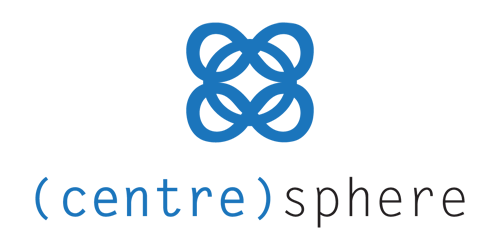The Perspective Gap
People will often use the expression, “you need to put it into perspective” or sometimes, “you need to put it into context.” It’s a good thing if either of these is being used in a discussion because it would seem to indicate that there is a willingness to understand the other person’s point of view, or explain yours.
If you look up the meaning of the word “perspective” in the dictionary you will find two definitions:
- A particular attitude towards or way of regarding something; a point of view.
and
- The art of representing three-dimensional objects on a two-dimensional surface so as to give the right impression of their height, width, depth, and position in relation to each other.
Unfortunately it is far more usual for people to ignore this “putting it into perspective” step in their thinking before, during, and after an interaction with another person. Be it an interaction with your partner, parents, children, family, friends, strangers, all of which are of course relationships, and if you like you may take it even further to include your relationship with Nature and the planet.
You may take the two examples that I’m about to give to explain the Perspective Gap and apply them to all of these relationship types and interactions.

Every single person on the planet is totally unique in their thinking, based upon the values and beliefs that they have gained from their upbringing. The circumstances and external influences that each person experiences in their formative years are completely different. Even I, as a twin, have very different thinking in a number of ways to my brother. I have experienced different things and have interpreted similar experiences differently to him.
All of these circumstances, influences, and experiences provide the sum total of my world and my thinking against which I am able to interpret any new experience or interaction; my database of knowledge. When something happens, or someone behaves in a certain fashion towards me, I will then only be able to access this database to decode the experience and … put it into perspective.
No two databases of experiences and knowledge are the same, therefore the perspectives that people will attach to an interaction or experience will often be different, there is a gap between the two perspectives.
Secondly, an example relating to another oft used expression, the generation gap.
Take for example a young person who has just finished school, say 18 years old. It would be fair to say that they have had somewhat limited experiences in life compared to say someone 30 or 40 years older. Like a ripple moving outwards from the centre of a lake, the passing of time allows for more experiences and the gathering of knowledge. It is this broader knowledge that also broadens the mind and offers the opportunity of more extensive and multiple perspectives. Again, there is a vast gap in allowable perspectives between these two people.

The important point to be gathered from the Perspective Gap is this: firstly, this gap should not be considered to provide any superiority or inequality. Having had more experiences and thus broader perspectives to apply does not necessarily make all of these good or applicable.
Secondly, crucially, and it is imperative to do this before communication takes place, you have to acknowledge in your mind that the younger person will often not see or understand your behaviour or words the way that you intend them. They simply do not have the vast array of experiences in their database against which to cross reference your words and behaviour, and have the same perspective as you. They will therefore have to take what you have done and force fit it into their smaller database of interactions.
This is not a bad thing, or wrong, it just is what it is. And in doing this they have done absolutely nothing wrong and cannot be found to be at fault in any way.
In future before you communicate, especially if you feel the irritation and anger start to rise have a look again at the two definitions above, and by far the more important one to apply is the second one, consider everything from every possible angle and position in relation to each other, take 3 deep breaths, count to 10, step back, smile, remember the Perspective Gap, feel kindness and compassion towards the other person, and be more gentle and considerate in your communication.
And may all your relationships be peaceful and beautiful.
Jon O’Hanlon











